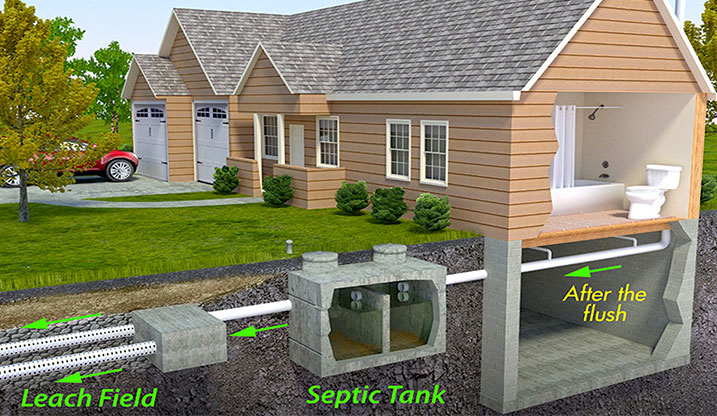Everything You Need to Know About New Construction Plumbing
Are you planning to build a new home, add a floor to the existing structure, or update commercial property? New home construction has significantly increased in a couple of years. And, the first thing people are looking to invest money in is the new plumbing system.
Therefore, if you are plumbing your home from scratch, it means you will have a chance to use the latest techniques and technology. According to some estimates, this will save you a lot of money. Now, if you want to install a new construction plumbing, here are a couple of things you should know.
New plumbing trends
A lot of things have changed since the turn of the century. For instance, in the past, plumbing fixtures were mostly made of metals, while today, we have pipes and plumbing-related accessories made of a combination of alloy and plastic.
However, this is only one of the ways how plumbing has evolved through the past decade. Moreover, building regulations have become more serious, while construction materials have gotten more expensive, for instance, metal like copper has become quite pricey. This further implies that any plumbing mistake is costlier than it used to be.
Parts of your plumbing system
The plumbing system has a lot of moving parts, and each piece plays a crucial role. Here is a general overview of what needs to be done when considering plumbing construction.
Pipes
Every new project demands the installation of entirely new piping and plumbing. This doesn’t involve pipes that distribute water only, but those that take care of gas, drainage, and every single pipe on your property.
It’s essential to ensure that all the equipment is installed properly to avoid damaged or broken pipes, considering they can decrease functionally and cause the whole system to fall apart.
Fixtures
If you are setting up plumbing in new construction, you will want to install plumbing fixtures before completing the interior. You have to agree that showers, sinks, and tubs are much easier to install when doorways and walls haven’t been set up yet.
Once you install your plumbing fixtures, make sure to cover them with a protective wrap or cardboard to keep them clean and dust-free during the remainder of the time.
Sewer and septic tank
Maybe not so appealing part of the plumbing, but equally important, sewer line and septic tank are some of the most challenging parts of a home’s plumbing system. First of all, you need to know the size of the septic tank your household will require. This is easily calculated by the number of rooms on your property.

Septic tanks serve as a form of a filter, and they separate solid from liquid waste. Inside the tank, microorganisms break down solid waste. This process is followed by gas by-products that requires proper ventilation.
Installing a new plumbing system
Even though every plumbing project is unique, each one still has a couple of things in common.
Choose the location for the main stack
This is a pipe roughly three inches in diameter, running from your basement to the roof. It features three parts; the lower one collects wastewater from the toilet, the middle one gathers wastewater from fixtures, while the top part is used for venting.
That’s why it’s important to find a suitable place for your main stack where it will run uninterruptedly.
Drains and vents
Drain and vent pipes are usually up to 1.5 inches in diameter. We should mention that pipes should slant at ¼” per foot to drain properly. Also, a place where pipes are attached to the main stack has to be smooth, therefore, avoid sharp angles. When it comes to fixtures, they need to have a trap to catch water and prevent gasses from entering the room.
Get necessary permits
To install a new plumbing system, you will require the necessary permits. But, to get permits, you need to draw a plumbing diagram, which includes pipe fittings, vents, and drainage pipes. This diagram shows angles of connection, vents, trap, and pipe sizes.
The building inspector uses the diagram to evaluate your project and to ensure that construction is safe.

